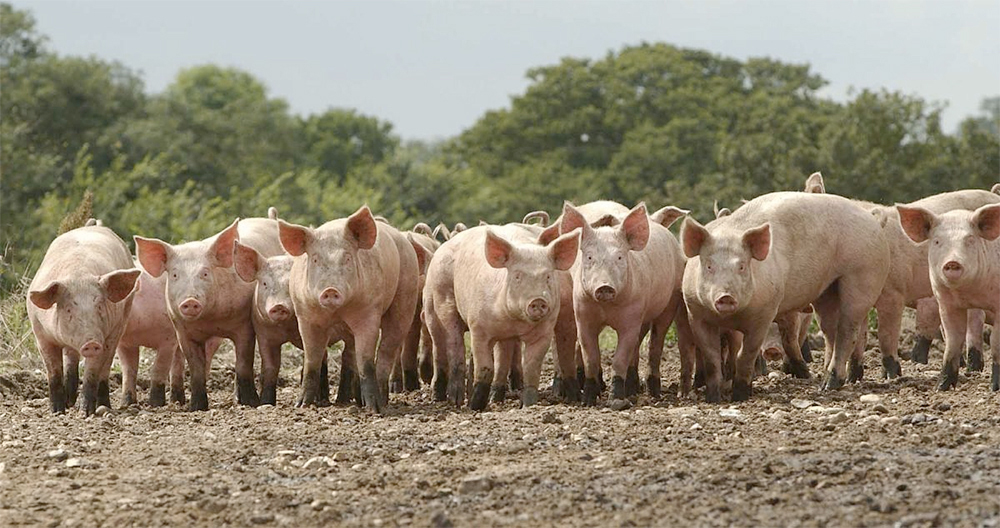
Current low feed prices are doing nothing to reduce pig producers’ losses, reports the National Pig Association. Nearly all are losing another £7 on every slaughter pig they produce as a result of buying wheat and soya forward last year, when it appeared prices had reached their lowest point.
“This is knocking a big hole in our British premium for higher welfare pigs,” said NPA chairman Richard Lister. “It makes sense for pig-keepers to reduce risk by buying some feed forward when prices appear competitive — but it’s like taking a punt at Ladbrokes, and it’s painful when producers get it wrong.”
According to data produced on behalf of pig levy-payers, cost of production, based on spot feed prices, is currently 139p a kilo. This is 12p a kilo above the average price received by producers which has fallen to 127p a kilo, its lowest for eight years.
And now a new survey by NPA among producers representing 23 percent of the English female breeding herd, shows over 90 percent are paying at least 17 percent more for some of their feed ingredients.
As feed represents 65 percent of the cost of production, this puts actual cost of production at 10p a kilo above published figures.
“Retailers and processors need to be aware of this, because we need their support,” said Richard Lister. “If producers put maintenance, investment and even breeding herd replacement on hold, it is possible for some to show they are breaking even in cash terms.
“But it’s not a sustainable position and the only reason we aren’t seeing an exodus from the industry yet is that most producers cannot afford to quit, as the cull sow price has more than halved over the past 12 months.”
In the NPA survey, of the 78 percent of respondents who took cover on soya last year, producers representing over 80 percent of sows are paying £11-£20 a tonne more than current spot prices for soya.
And of the 46 percent of respondents who took cover on wheat, producers representing 80 percent of sows are paying £11-£20 a tonne more than current spot prices for wheat.
Most British pig-keepers will be operating in the red for some or all of this year, as the European pig-cycle reaches its lowest point in more than half a decade, driven by higher output and compounded by Russia’s embargo on European Union pigmeat. British producers are making a loss on every pig they sell, but they are still better placed than their continental counterparts, as British pork attracts a 20p-30p a kilo premium.
Although some of this is attributable to the strength of sterling versus the euro (making imported pigmeat cheaper), a significant part is created by the British pig industry’s higher welfare husbandry, which is valued by retailers and consumers.
Seven supermarkets are classed as ‘NPA hundred-percenters’, as they continue to source 100 percent British fresh pork. These are Aldi, the Co-op, Lidl, M&S, Morrisons, Sainsbury’s and Waitrose.
“We’d like to remind all retailers that British pig producers have a world-wide reputation for their high-welfare,” said NPA chief executive Dr Zoe Davies. “For instance, most continental pig producers still confine sows in steel gestation crates, or ‘stalls’, for part of the time, whereas they have been outlawed on British farms for 16 years.
“Producing high-welfare pigs outdoors or on straw carries a significant cost disadvantage and retailers must be mindful not to kill the golden goose. If they do, they will have let down their suppliers and they will have let down their customers who continue to demonstrate they want reasonably priced high-welfare, quality-assured British pork.”
